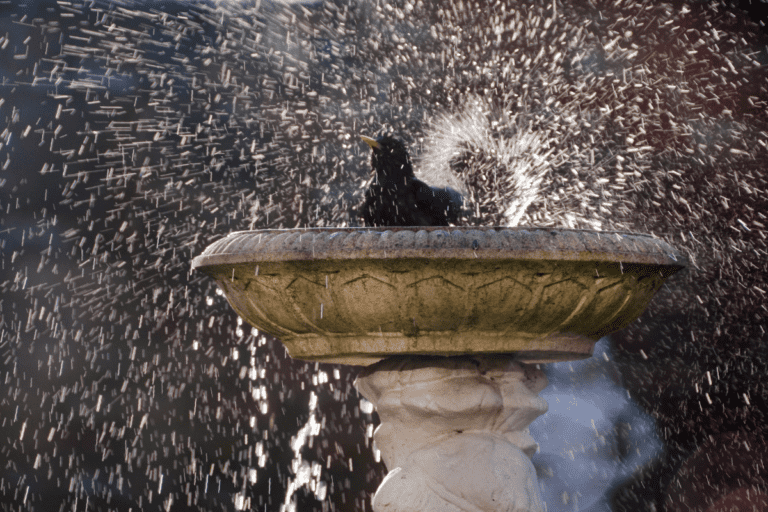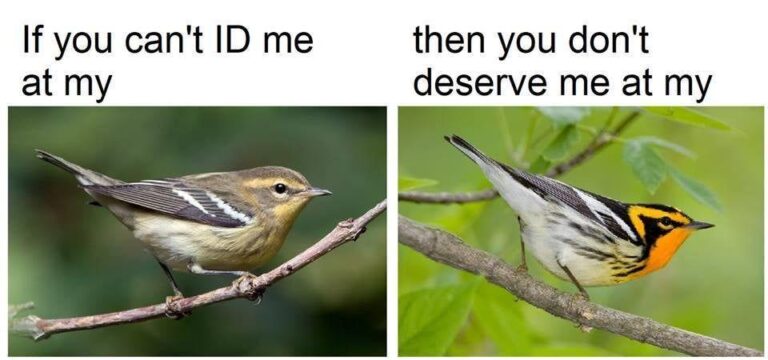Birding At Night: A Complete Step-By-Step Starter Guide
We’re reader-supported; we may earn a commission from links in this article.
You’ve seen some beautiful pictures of birds at night, including owls and nightjars. Now you’re probably wondering how to start off birding at night? You may have some experience birding in the day, but heard some good stories about birding at night and you want to get started. Me too! So, I did a little research on the web to complete this stepwise guide on nighttime birding. Check it out!
Here are 7 Steps To Start Birding At Night:
- Choose An Ideal Birding Location
- Bring The Right Gear
- Familiarize Yourself With The Birds You Expect To See
- Optimize Your Camera Settings For Night Photography
- Be Mindful Of Your Safety
- Exercise Some Constraint With Your Flashlight
- Practice Night Bird Photography Ethics
- Leave No Rubbish Behind
If you follow these steps, you’ll definitely do fine when out birding at night, even as a first-timer! As the above steps are just listed and not covered in detail, it’s best you read on to find out more details before you proceed to start birding by night. Here we go:
Step 1: Choose An Ideal Birding Location
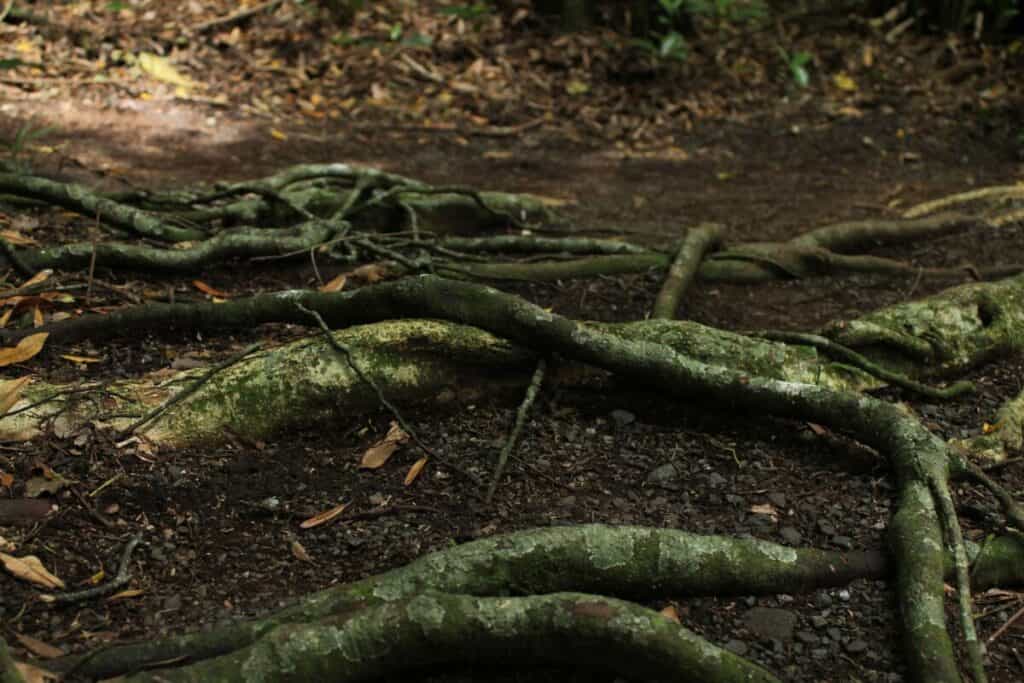
Firstly, you’ll want to choose an ideal birding location. You don’t want to end up with a disappointing night out birding! Birding at night can be a great and refreshing experience in contrast to birding by day, and I’m sure you’ll want to replicate that good experience of night birding that others have always talked about!
Here’s some tips to choosing an ideal birding location:
- Do some nocturnal bird research: It is wise for you to start by thinking of a few possible places where you’ll be able to spot nocturnal birds. You don’t want to end with a bad birding experience with no birds actually spotted! You’ll need to do a little research on your favorite birding app or online about owls, nightjars, or any other nocturnal birds that will be up and active at night. There’s really no point for you to randomly walk through a forest with no previous sightings of nocturnal birds before.
- Plan out your night route: You’ll need to head to the location that you intend to do your night birding during the day. This is a very important step as you’ll need to mentally map out the area in your head before you start heading off into the dark. Remember, it pays the most to be familiar with the location you’re going to during the day so you won’t get lost at night. When you do head out during the day, please make sure you go at a time with at least 4 hours before sunset, so you don’t end up getting caught out in the dark when you are scouring the area.
- Familiarize yourself with the terrain: This step is extremely important because you DO NOT want to be caught out in a marshy swamp when it is dark! Even if you know that your location isn’t gonna be a swamp, you’ll still need to plan a route on foot that you’ll take, preferably a well-defined trail. This footpath will be the same one that you’ll take when you enter the location at night. One more reason that you’ll need to know the terrain is because of the type of footwear that you’ll need to wear. If your location tends to be really muddy, then you’ll need to adjust your footwear to be something more waterproof.
- Take mental notes of bodies of water: Bodies of water include lakes, quarries, rivers, and dams. These sources of water are a great opportunity to find more birds in the vicinity. You’ll definitely need to take any chance you can get to snap a shot of a bird in the nighttime.
Step 2: Bring The Right Gear
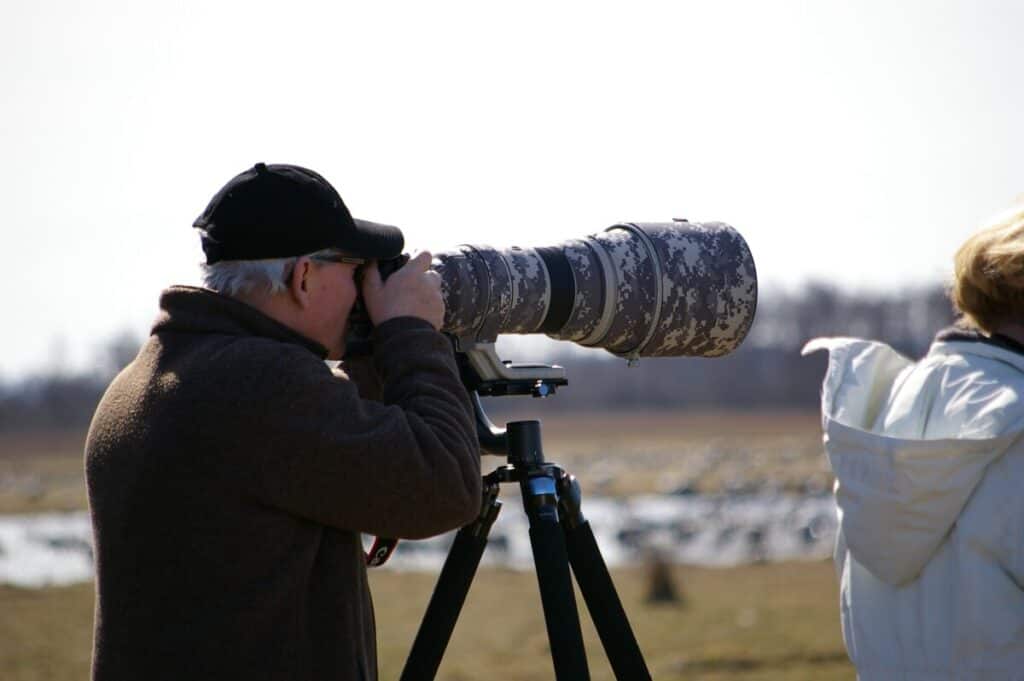
You’ll want to be prepared mentally of course, but you need to be prepared with the right gear, or you won’t be seeing any birds, probably only hearing their calls. I remember that when I was a military conscript serving the army in my country for 2 years, and we had a term for prepping our gear: Force-prep. In force-prep, we are forced to abide by a very regimental packing list so we don’t miss out on any gear we intend to bring. That’s why I believe that this step is the most important step; because we don’t want to forget to bring anything!
Essential gear you MUST bring:
- Flashlight: Arguably the most crucial item in night birding. The flashlight is literally your lifeline when you are in the dark. In fact, the flashlight is important for both day and night birding, in case you lose your way. The flashlight is essential because it can greatly assist you in finding your footing in the undulating terrain outdoors. Before you head out for any night birding adventure, you’ll want to get fresh batteries for your flashlight. Make sure you test the flashlight before you even head out for the night. This is to make sure that it is not faulty and that the batteries are working. It is not wise to change batteries in the dark, as it is difficult to see and you may fumble, startling birds, and losing your batteries. That just spells DISASTER to me! So please, change your batteries out before you go out.
- An appropriate outfit: Yes, I get it, no one’s really gonna see your outfit when you head outdoors! What I mean is to choose an outfit that is functional and protective. Don’t worry too much about how fashionable you look, out in the field, it’s all about how long you can stay birding while still comfortable in your outfit. Though your outfit may vary according to your climate temperature, it’s generally best to wear long-sleeved shirts and pants to protect your arm from insects. Please put on more layers if you are in a colder climate, and less if you are in a hotter one. You’ll want to wear high socks and comfortable boots. If you’re gonna be walking around somewhere muddy and wet, I recommend waterproof boots.
- Binoculars: This is essential during the day, but at night you won’t be needing the standard binoculars that much. You need a pair of night vision binoculars with infrared capabilities. This is for quick identification if you hear a call of a bird around you. Then you can switch to your flashlight and camera to snap a picture of it. Night vision enabled binoculars are important, if not you won’t be able to see much in the pitch black.
- Insect repellent: In the night, insects are your enemy – especially those that bite! There are plenty of nasty bugs during the night waiting to feast on your exposed arms and legs. Some areas that are not commonly covered by sleeves are your neck and hands. Please do spray the repellent BEFORE you enter your birding location to prevent any bites at all. Don’t wait till the itch comes before you spray!
- Food and water: I would consider bringing food to be more optional for some. But water is a must. You have to keep hydrated. If you know you’ll be birding in a location that is not too deep into the woods, you wouldn’t really want to eat while outdoors. It may only attract bugs and other animals. If you are going for a long night hike in the woods, you must bring some food and water along, as you never know how long you’ll be hiking. From experience, your hiking pace at night will be much slower than that during the day, so please factor that in when packing your meals. If you pack your meals, please do not leave any litter behind!
- Bird Field Guide/App: Some prefer apps, some prefer actual book field guides. Whichever is more preferable to use, just use that. However, I tend to favor bringing the actual book as phones tend to be too bright for use in the dark night. Another concern is battery life. As a rule of thumb, if your hike is short and casual, use the app, if long, use the book.
Step 3: Familiarize Yourself With The Birds You Expect To See
Now you’re ready to “make friends” with the nocturnal birds in the area. Or you could call it stalking your prey – anything you’d like to call it! You have to familiarize yourself with the nocturnal birds in your set location or you’ll be spending more time pondering and flipping through your field guide than actually snapping beautiful shots of nocturnal birds!
Some common nocturnal birds that you can check out:
- Owls: Owls are the most known and common nocturnal birds in the whole world. If you live in the Americas, the Great Horned Owl is a widespread species that you most probably can find in your area. You should definitely do research on which owls reside in your area!
- Nightjars: A personal favorite bird of mine is the nightjar. Nightjars are medium-sized nocturnal birds that have long wings, short legs, and very short bills. They look very cute when nesting on the ground. You can catch them during the day too. A common species near my area is the Large-Tailed Nightjar with a distinctive “tok, tok, tok” call, like a carlock sound. Find one in your area!
- Other birds: Though you may not see or hear non-nocturnal birds, this doesn’t mean that you can’t see them! Look out for them too.
Step 4: Optimize Your Camera Settings For Night Photography

Night photography is mighty different from day photography. If you’re completely new to bird photography, I would suggest you practice your skills during the day first before you head out for night photography. Also, you should practice taking shots in low-light conditions before you even head out and fumble in the pitch dark of the forest.
Here’s some general tips for night photography:
- Bring A Tripod: A tripod during night photography is definitely a must. This is mainly because of the slow shutter speed from low exposure in low-light conditions. The tripod will go a long way in ensuring stability when taking the shot.
- Shoot RAW: The white balance can be later adjusted in Lightroom if you want to. You can use the auto white balance if you don’t know what setting to use.
- Always focus on the eye if possible: This helps bring life to the picture of bird the bird you are focusing on. Also really helps if you are a beginner and have no idea where to focus on.
Step 5: Be Mindful Of Your Safety
When out birding at night, you are going to their habitat, so they are used to their terrain. Nocturnal birds are adapted to moving around in the night and they don’t get into accidents that easily. However, you are unfortunately not adapted like them! So please be mindful of your safety.
Here are some pointers to show you what I mean:
- Walk at a slower pace: You’ll want to walk at a slower pace during the night because you have lower visibility of what’s ahead and beside you. You do not want to be running/rushing at all. These will only you to trip easily. Walk slowly and quietly. At the same time, listen out for bird calls in the night to locate your bird.
- Stick to your planned trail/path: Remember the route that we planned out during the day. Now stick to it. Pull out your notes on where your route goes so you will never get lost.
- Do not walk while using your binoculars: This is a bad habit if you still do this, even if birding by day. You may never know what you may knock into – a tree, a hole in the ground, a bear, or even off a cliff. PLEASE, don’t do this!
- Use your flashlight to illuminate the path in front of you: This is so you know what’s ahead and you can be prepared to stop. Of course, use your flashlight respectfully and carefully to not frighten the birds and other animals in the area.
Step 6: Exercise Some Constraint With Your Flashlight
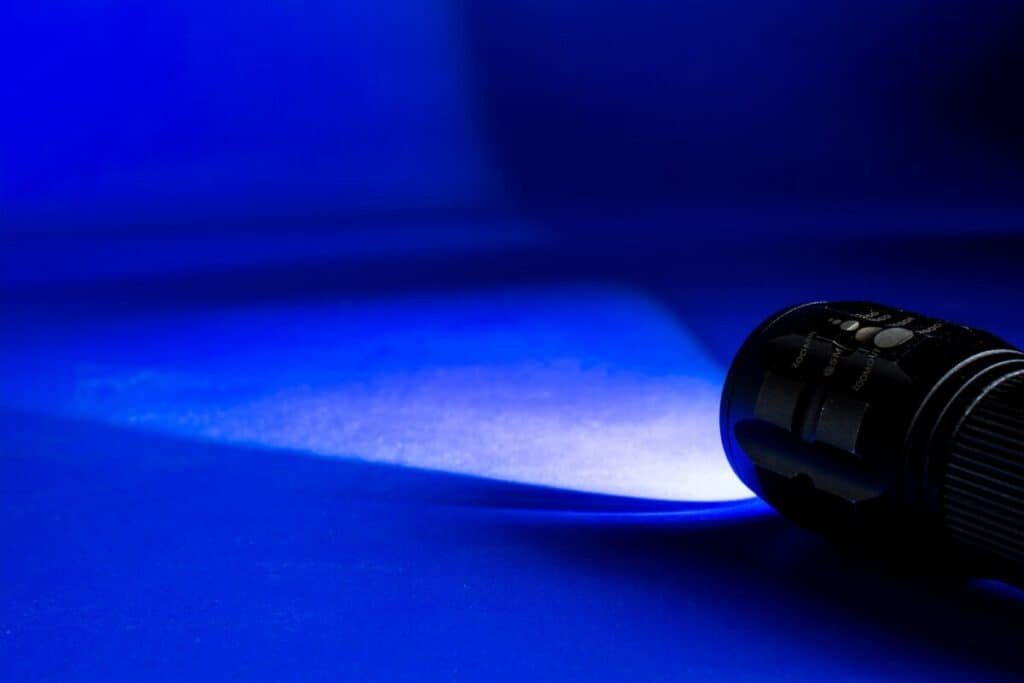
Now that we’ve covered bringing the flashlight, using it to light our path, we need to cover some basics on exercising some constraint on your flashlight. If your flashlight is on a yellow or white beam, it’s too bright for a pitch-black environment, and you should install a red/green/blue filter over the torchlight to make it even duller. These colors are less threatening to the fauna around you, and less blinding to you too.
When using the flashlight, it is important to exercise light discipline. This isn’t really talked about in the world of birding, but again I picked this up as a tip from my day in the jungle in the army. Light discipline is basically the practice of never letting your torchlight beam shine above your knee height. While it was instilled in me for tactical purposes, it has some uses for us, birders, too! With light discipline, we are able to illuminate the path ahead of us, but still avoid shining high beams into the trees to frighten birds.
Step 7: Practice Night Bird Photography Ethics
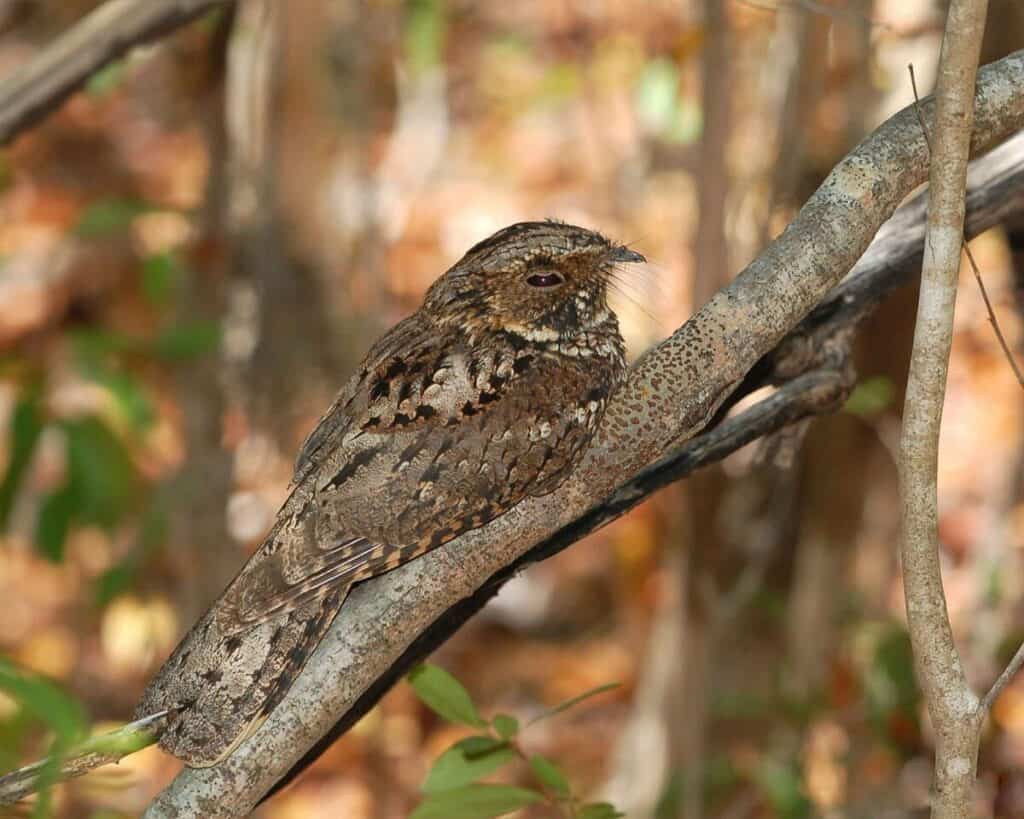
Birding at night has an unspoken code of ethics that birders abide by. To just put this out there is making it clear so birders like yourself will be conscious of it, and abide by them. Hopefully, you do!
Here are some guidelines:
- Do NOT play recordings of bird calls to attract birds: These only confuse the birds into thinking that there is another bird nearby. They may get startled and it may affect their mood, causing a great impact on their life choices, especially in endangered species.
- Abide by the rules of your birding location: Some locations may specify the minimum distance for approach any wildlife. Please do make sure you do adhere to them. These may have repercussions for birdlife.
- Do not add GPS data to your photos for rarer birds like owls: The GPS data will have repercussions for the public to rush to the area just to snap a shot of it, affecting its normal way of life in the night. We don’t want that.
- Do not cause a bird to flush: To flush a bird is to cause it to fly away. If the bird shows any change in its behavior, it’s a telltale sign that you’re. too. close.
Step 8: Leave No Rubbish Behind
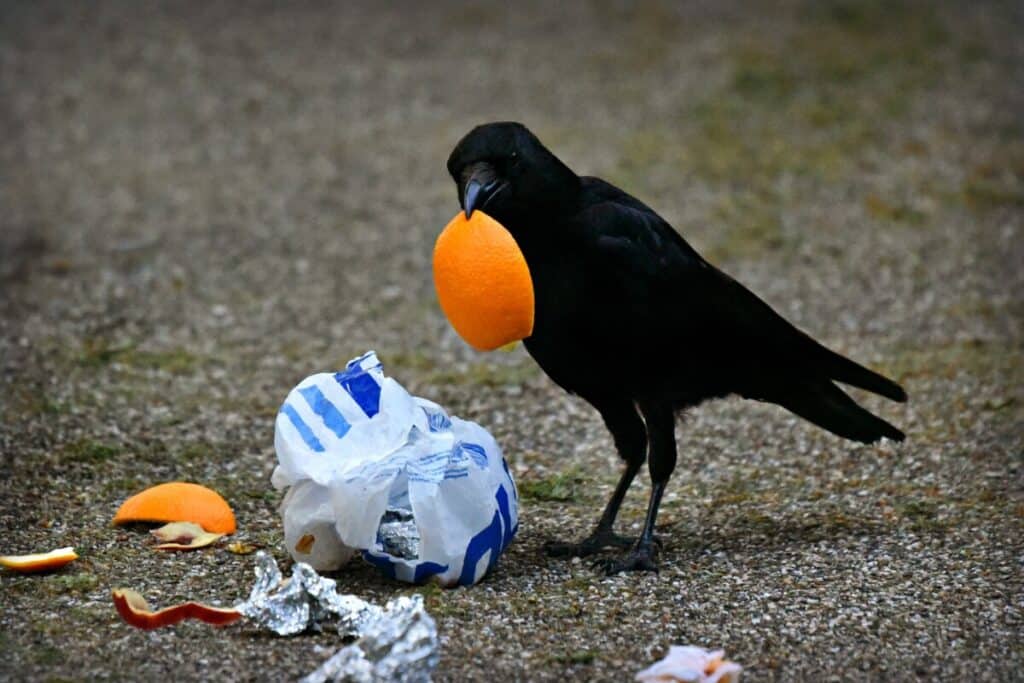
If you’ve brought any food or water, it’s likely that you would have some plastics or containers. These containers are potential sources of plastic. Please be mindful of where you place then if you decide to sit down. Always check around your surroundings to make sure you don’t leave anything behind. This is also for your own good, so you don’t leave your precious gear behind.
Another thing to note is that if you’ve brought food, please consume it without dropping any of the crumbs onto the floor. This is an unnatural source of food for the fauna in the area and may cause them to have an upset stomach. Please be mindful!
A tip for not leaving rubbish behind is to bring a small ziploc bag to bag your food items and wrappers after you’re done. Then when you’re done for the day, throw the whole ziploc bag away when you get access to a trash can.
Final Thoughts
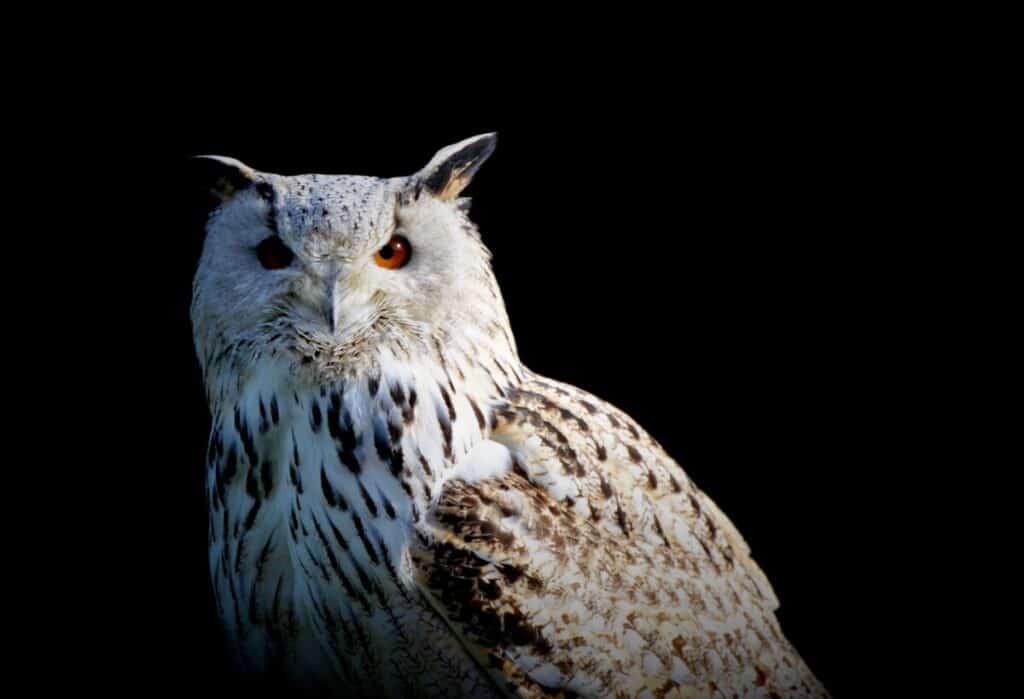
Now that you’ve gone through all the tops, you’ll realize that when you’re out birding at night, there can be lots of prep involved and things be mindful of, but let’s not let that hinder us from exploring birds in the night. Then you can say you’re a (insert job here) by day, birder by night!
Stay wild and happy birding!
My Recommended Birding Resources:
Hey there, Justin here!
Here’s a list of all my favorite resources, products, and brands I trust and love.
My Celestron Nature DX 8×42 Binoculars: It’s a great budget pair for beginner birders. Highly valued for its price! Read my review.
Safe Paint for Bird Baths Guide: Learn about non-toxic paint for painting bird baths.
Safe Sealers for Bird Baths Guide: Learn which sealers are safe for bird baths.
Safe Paint for Bird Feeders Guide: Learn what special care needs to be taken to paint bird feeders with the right paint.
Safe Paint for Birdhouses Guide: Learn about non-toxic paint for painting birdhouses. (Not the same as bird baths!)
Bird Identification Apps Guide: 2 of my favorite birding apps are Merlin Bird ID, and eBird Mobile! Merlin is great for tracking and identifying birds, and eBird Mobile is great for tracking the birds sighted when birding.
Check out my resources page for the full list of resources I recommend!

Justin Chia
Justin is the founder and author of Birding Outdoors. He is a Nanyang Technological University (NTU) alumnus with a Bachelor of Biological Sciences and a former data analyst.
Now, Justin runs the Birding Outdoors blog full-time, hoping to share his deep love for birds, birding, and nature with others.
To unwind, Justin enjoys gaming and reading.

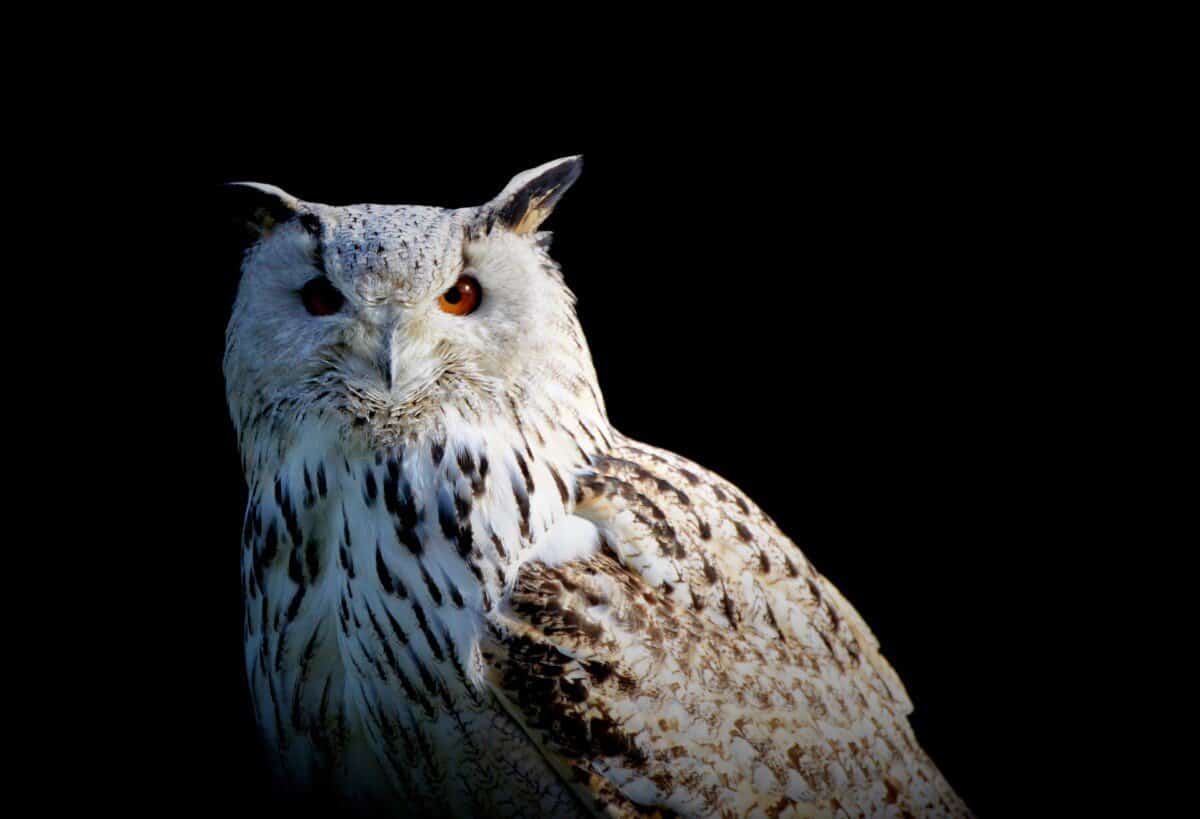
![How Many Bird Feeders Should You Have? [ANSWERED! + FAQs]](https://birdingoutdoors.com/wp-content/uploads/2021/06/feeders-2-768x512.jpg)

![Do All Baby Birds Survive In Nests? [ANSWERED! + FAQs]](https://birdingoutdoors.com/wp-content/uploads/2021/06/bird-4299034_1280-768x512.jpg)

